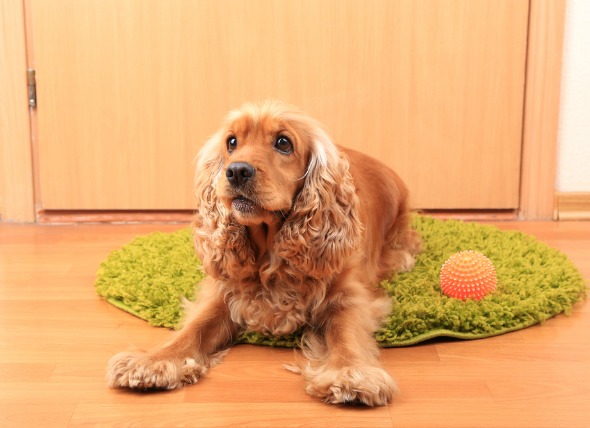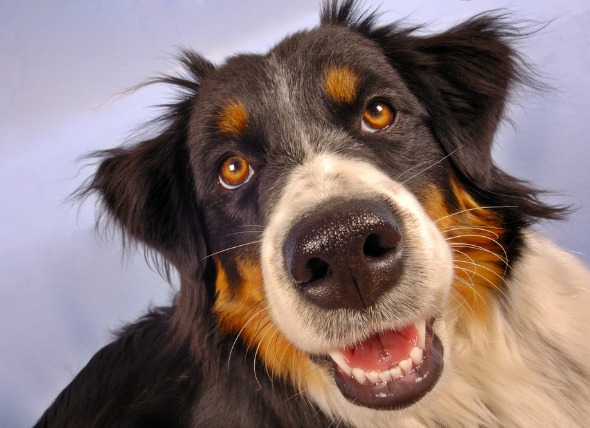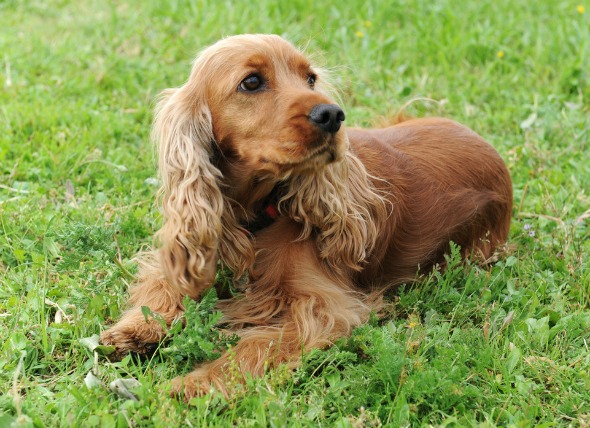The Bulldog is basically an indoor dog that does not mind skipping exercise. She is intelligent, loving, likes to play and adores children. She snores and can have gas.
Good With Children?
Bulldogs are good with children. Of course, never leave a young child unsupervised with any dog or puppy.
Good With Other Pets?
Pretty good with pets except when feeding time comes.
Trainability
They are highly intelligent but not always interested in being trained.
Approximate Adult Size
The approximate adult size (two years old or older) of the male bulldog is 12 to 16 inches to the withers (highest point of the shoulder) and 53 to 55 pounds. The female ranges from 12 to 16 inches to the withers and 49 to 51 pounds.
Special Health Considerations
Most dog breeds have certain inherited health problems associated with that specific breed and the Bulldog is no exception. Be on the look out for poor eyesight, breathing difficulties, heat stroke, skin infections, canine hip dysplasia (genetic based looseness in the hip joint that can lead to arthritis pain and lameness), whelping problems, congenital heart disease and skin tumors. She may also require ear and dental care. This disease list is an informative guideline only. Other diseases may also be significant threats, please contact your veterinarian for a complete list.
She should visit the veterinarian several times in the first year for shots, boosters and check up. Then, as an adult, she should visit the veterinarian yearly for shots and check up. As she gets older, six years and on, she should visit the veterinarian twice a year for check ups and shots. Remember; avoid feeding your dog sweets.
Grooming
The Bulldog coat is short, straight, flat and close to the body. She sheds an average amount. She should be brushed weekly to help her maintain a clean and healthy coat, help you keep a closer eye on her health and strengthen your emotional bond with her. Her face and the insides of her wrinkles need to be wiped daily. Bathe only when she really needs it.
Her teeth should be brushed at least twice a week with toothpaste and toothbrush designed for dogs. Brushing removes the accumulation of plaque and tartar which can cause cavities (rarely) and periodontal disease. Dog periodontal disease can lead to pain, loss of teeth, bad breath and other serious disease.
Her toenails may need to be examined for growth and clipped regularly. The toenails of the rear feet grow slower than the toenails of the front feet. Generally a guillotine type trimmer is the best for this chore and competent instructions to accomplish this can be found on the net.
Life Span
The Bulldog can live between 8 and 10 years with proper nutrition, medical care and excellent living conditions.
History
The Bulldog originated in Great Britain from the Asiatic Mastiff. She is currently the symbol of Great Britain. She was first registered by the American Kennel Association in 1934.

 Skin Cancer (Basal Cell Tumor) in Dogs
Basal Cell Tumor in Dogs
Basal cell tumor is the
Skin Cancer (Basal Cell Tumor) in Dogs
Basal Cell Tumor in Dogs
Basal cell tumor is the
 Diseases of the Orbit of the Eye in Dogs
Exophthalmos, Enophthalmos, and Strabismus in Dogs
Diseases of the Orbit of the Eye in Dogs
Exophthalmos, Enophthalmos, and Strabismus in Dogs
 Anticoagulant Poisoning in Dogs
Anticoagulant Rodenticide Poisoning in Dogs
The pu
Anticoagulant Poisoning in Dogs
Anticoagulant Rodenticide Poisoning in Dogs
The pu
 Intestinal Viral Infection (Rotavirus) in Dogs
Rotavirus Infections in Dogs
The double-stranded,
Intestinal Viral Infection (Rotavirus) in Dogs
Rotavirus Infections in Dogs
The double-stranded,
 Mammary Gland Tumor in Dogs
Benign and malignant tumors of the mammary glands
Mammary Gland Tumor in Dogs
Benign and malignant tumors of the mammary glands